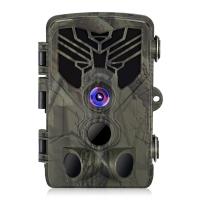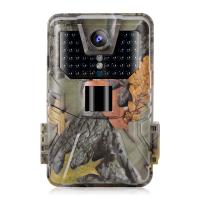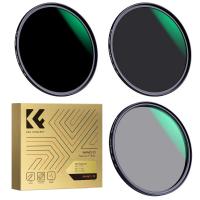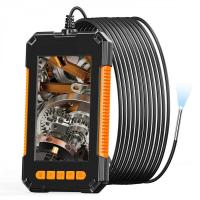Pir Level Trail Camera
- days
- :
- hours
- :
- min
- :
- sec
- * KF35.133 =KF35.127S1=KF35.127V1+KF28.0011*2+KF42.0013 High-quality images and videos in JPEG/AVI formats:The camera captures clear and detailed images and videos in JPEG/AVI formats, ensuring that you don't miss any important details.
- * Customizable monitoring period:The monitoring period can be set from 0-24 hours, allowing you to choose the best time to monitor the area.
- * Long-range thermal IR sensitivity:The camera has a thermal IR sensitivity of 65ft/20m, ensuring that you can capture images and videos even in low-light conditions.
- * Dual working mode:The camera can work in both photo and video modes, providing you with more options to capture the perfect shot.
- * Wide PIR sensing angle and easy acceptance method:The camera has a wide PIR sensing angle of 120 degrees, ensuring that you can capture images and videos from a wider area. The camera can be easily controlled and monitored through an APP, making it convenient to use.
2. Get free gift over $100 (select on the checkout page).
3. Get a 20% OFF code after ordered (Each account may only participate once).
A PIR level trail camera is a type of camera that uses passive infrared (PIR) technology to detect motion and capture images or videos of wildlife or other outdoor activities. PIR sensors detect changes in temperature and movement, triggering the camera to take a photo or record a video. This type of camera is commonly used by hunters, wildlife enthusiasts, and researchers to monitor animal behavior and activity patterns. The level of PIR sensitivity can be adjusted to reduce false triggers and conserve battery life. Trail cameras are typically weather-resistant and can be mounted on trees or other objects in the field. They may also have features such as night vision, time-lapse mode, and wireless connectivity for remote viewing and control. Overall, PIR level trail cameras are a valuable tool for outdoor observation and research.

Related technologies:
1. PIR Sensor Technology: PIR (Passive Infrared) sensor technology is used in trail cameras to detect the heat signatures of animals or humans. This technology allows the camera to detect motion and capture images or videos without the need for a physical trigger.
2. High-Resolution Imaging: The latest trail cameras are equipped with high-resolution imaging sensors that capture clear and detailed images and videos. These sensors can capture images with resolutions of up to 20 megapixels and record videos in 4K resolution.
3. Wireless Connectivity: Many trail cameras now come with built-in wireless connectivity options such as Wi-Fi or Bluetooth. This allows users to remotely access the camera's images and videos from their smartphones or other devices.
4. Advanced Image Processing: Advanced image processing algorithms are used in modern trail cameras to enhance the quality of captured images and videos. These algorithms can adjust the exposure, contrast, and color balance of images to produce more natural-looking results.
5. Long Battery Life: The latest trail cameras are designed to have long battery life, allowing them to operate for extended periods without needing to be recharged or have their batteries replaced. Some cameras can last for several months on a single set of batteries, making them ideal for long-term monitoring applications.

Common problems:
1. Blurry Images: Blurry images can occur when the camera is not properly focused. To solve this issue, adjust the focus of the camera lens until the image is clear.
2. Low Battery Life: Low battery life can occur when the camera is used for an extended period of time without being charged. To solve this issue, make sure to charge the camera fully before use and carry extra batteries or a portable charger.
3. Inaccurate Motion Detection: Inaccurate motion detection can occur when the camera is not properly positioned or when there is interference from other objects. To solve this issue, make sure the camera is positioned correctly and there are no obstructions in the way.
4. Memory Card Errors: Memory card errors can occur when the memory card is full or when the camera is not compatible with the memory card. To solve this issue, either delete some of the files on the memory card or use a compatible memory card.

Maintenance:
1. Regularly clean the lens and sensor: The lens and sensor of the camera can easily accumulate dust, dirt, and debris, which can affect the quality of the images and videos captured. It is important to clean the lens and sensor regularly using a soft cloth or brush to ensure that the camera functions optimally.
2. Check the battery life: The battery life of the camera is crucial for its performance. It is important to check the battery life regularly and replace the batteries when necessary. This will ensure that the camera is always ready to capture images and videos.
3. Protect the camera from extreme weather conditions: The camera should be protected from extreme weather conditions such as rain, snow, and extreme heat. Exposure to these conditions can damage the camera and affect its performance. It is important to use a protective cover or housing to protect the camera from these conditions.
4. Update the firmware: The firmware of the camera should be updated regularly to ensure that it is functioning optimally. Firmware updates can improve the performance of the camera and fix any bugs or issues that may be present.
5. Use high-quality memory cards: The memory card used in the camera should be of high quality to ensure that it can store images and videos without any issues. Low-quality memory cards can cause the camera to malfunction and result in lost or corrupted data. It is important to use a high-quality memory card that is compatible with the camera.
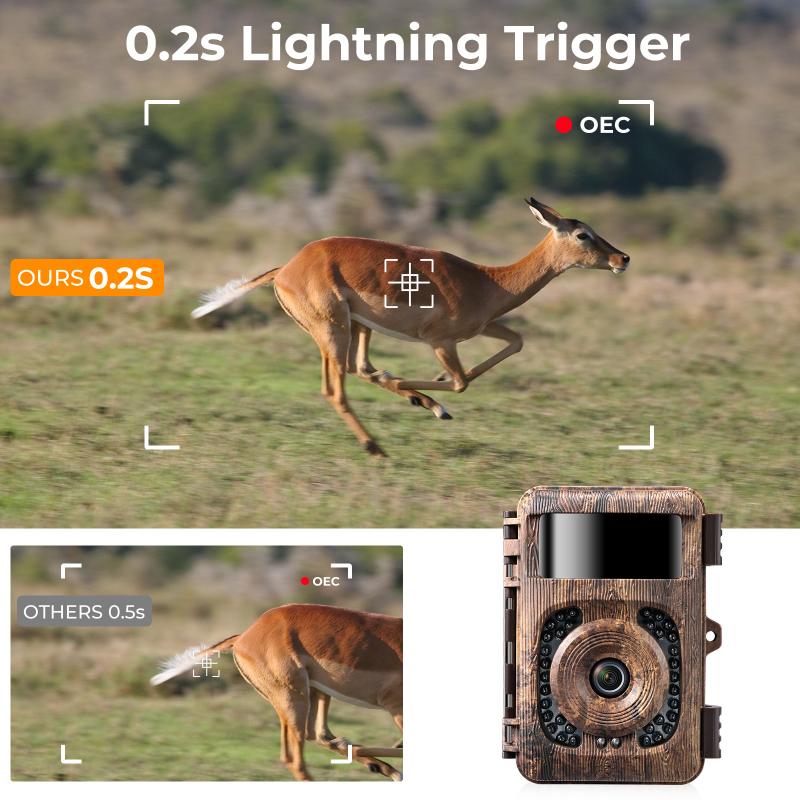
Related accessories:
1. SD Card: A high-capacity SD card is essential for a PIR level trail camera. It allows the camera to store a large number of images and videos captured by the camera. A 64GB or 128GB SD card is recommended for this purpose.
2. Solar Panel: A solar panel is a great accessory for a PIR level trail camera. It allows the camera to operate for an extended period without the need for frequent battery replacements. A solar panel can be easily attached to the camera and can provide a reliable source of power.
3. Security Box: A security box is a must-have accessory for a PIR level trail camera. It protects the camera from theft and damage caused by animals or weather. A security box is made of durable materials and can be easily attached to a tree or post.
4. Mounting Bracket: A mounting bracket is an essential accessory for a PIR level trail camera. It allows the camera to be mounted securely to a tree or post. A mounting bracket is made of durable materials and can be easily adjusted to the desired angle.
5. External Battery Pack: An external battery pack is a useful accessory for a PIR level trail camera. It provides additional power to the camera, allowing it to operate for an extended period. An external battery pack can be easily attached to the camera and can be recharged using a USB cable.
6. Wireless Remote Control: A wireless remote control is a convenient accessory for a PIR level trail camera. It allows the user to control the camera from a distance, making it easier to capture images and videos. A wireless remote control is easy to use and can be operated using a smartphone app or a dedicated remote control.

Product parameters:
Monitoring period setting : 0-24 hours
Acceptance method : APP
Working mode : Photo + Video
Motion Sensing Delay : 3 seconds-10 minutes (default 30 seconds)
Video resolution : 640×480@30fps
Infrared filter unit : Fully automatic
Thermal IR Sensitivity : 65ft/20m
Product approvals : CE, FCC, ROHS
PIR sensing angle : 120 degrees
File formats : JPEG/AVI
- All Reviews
- Image



